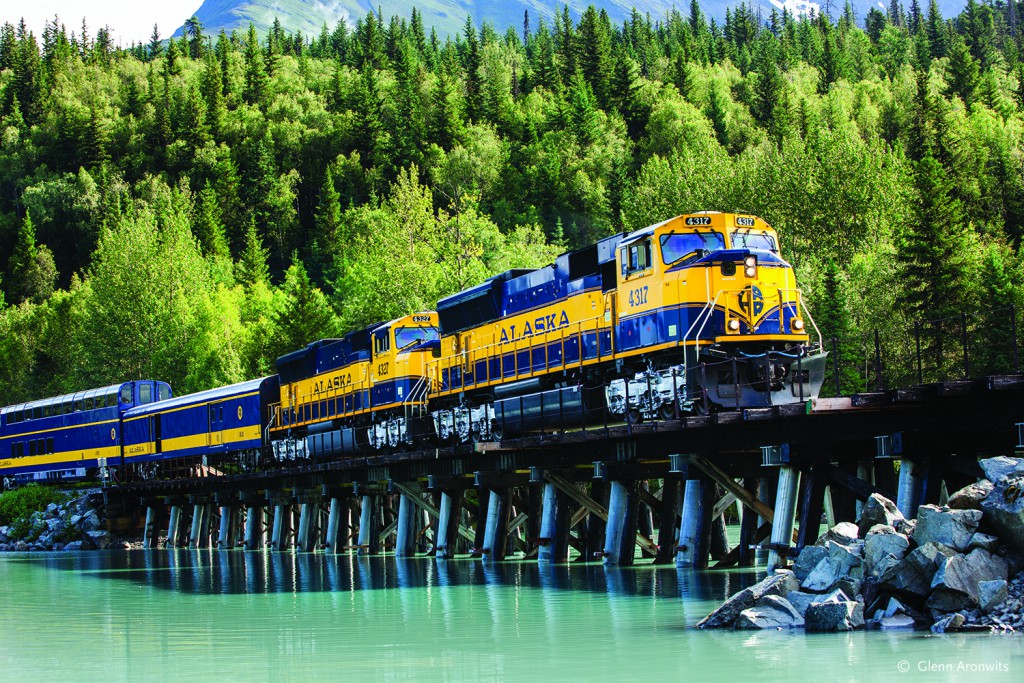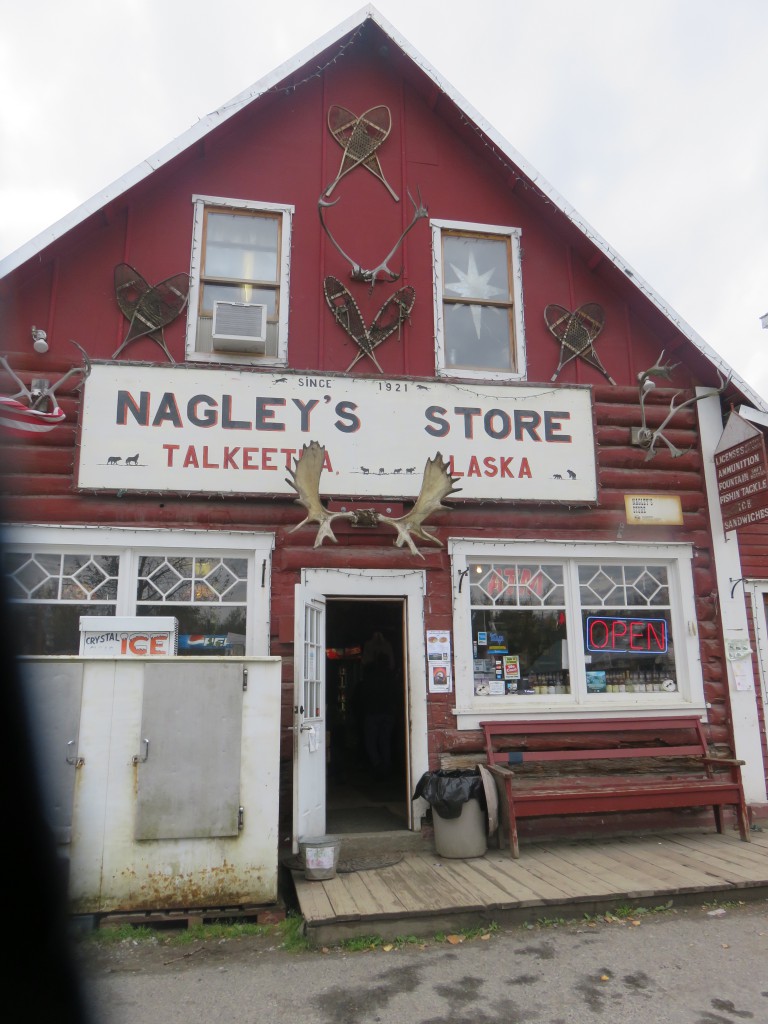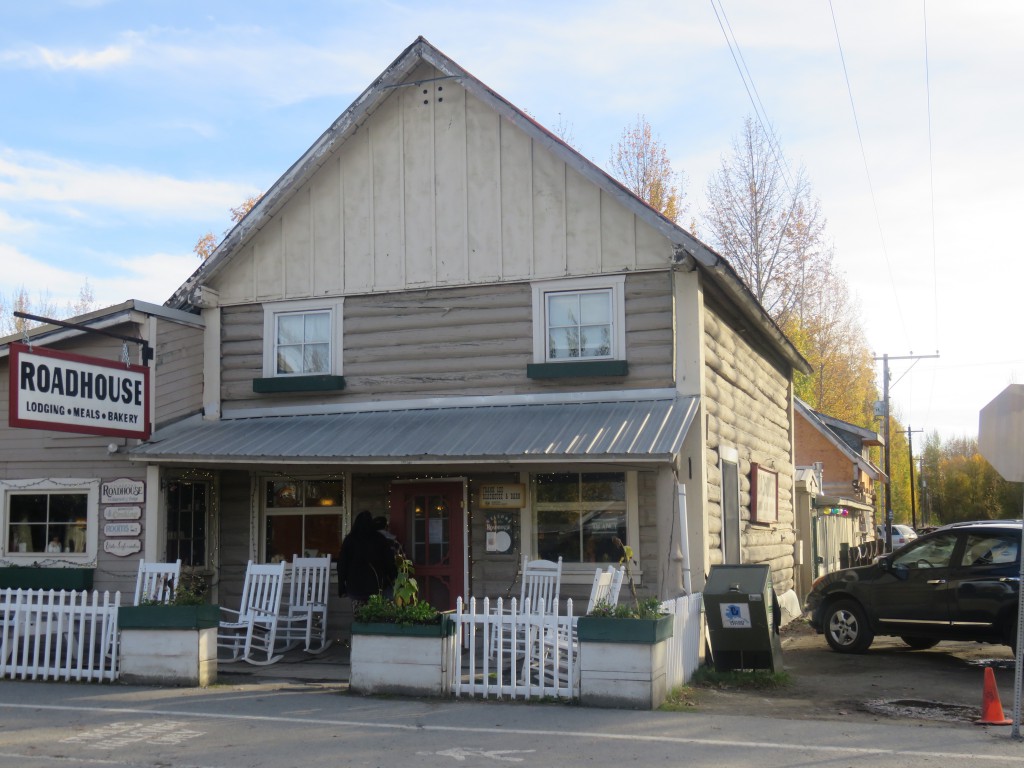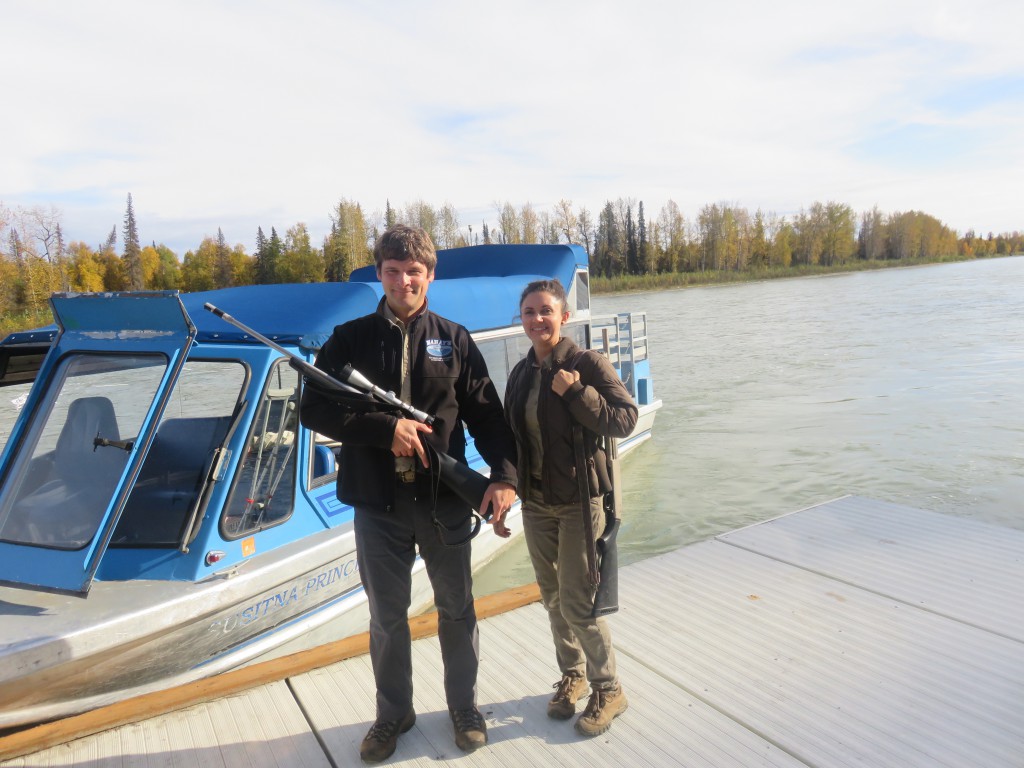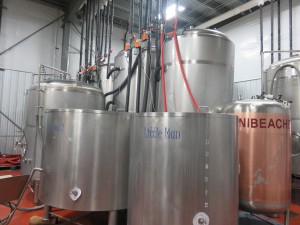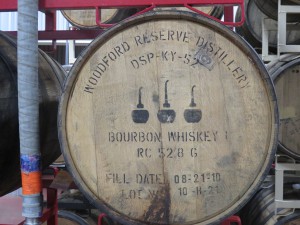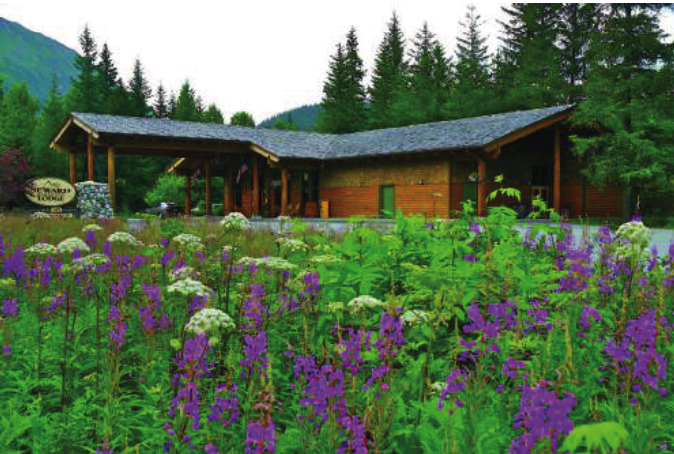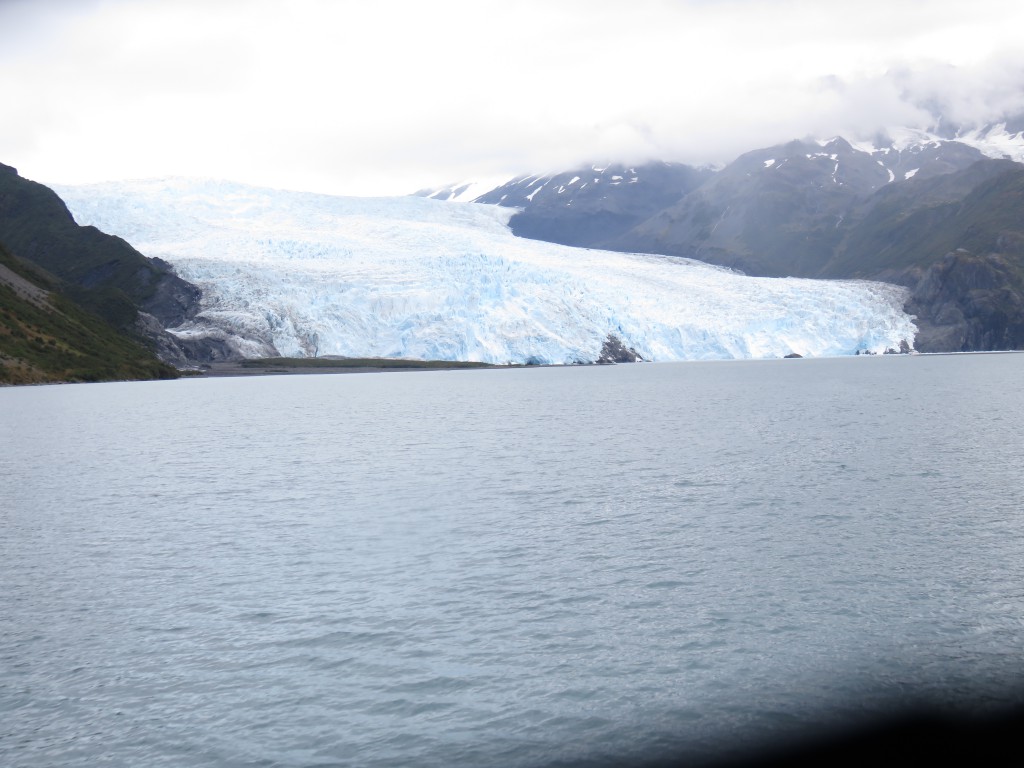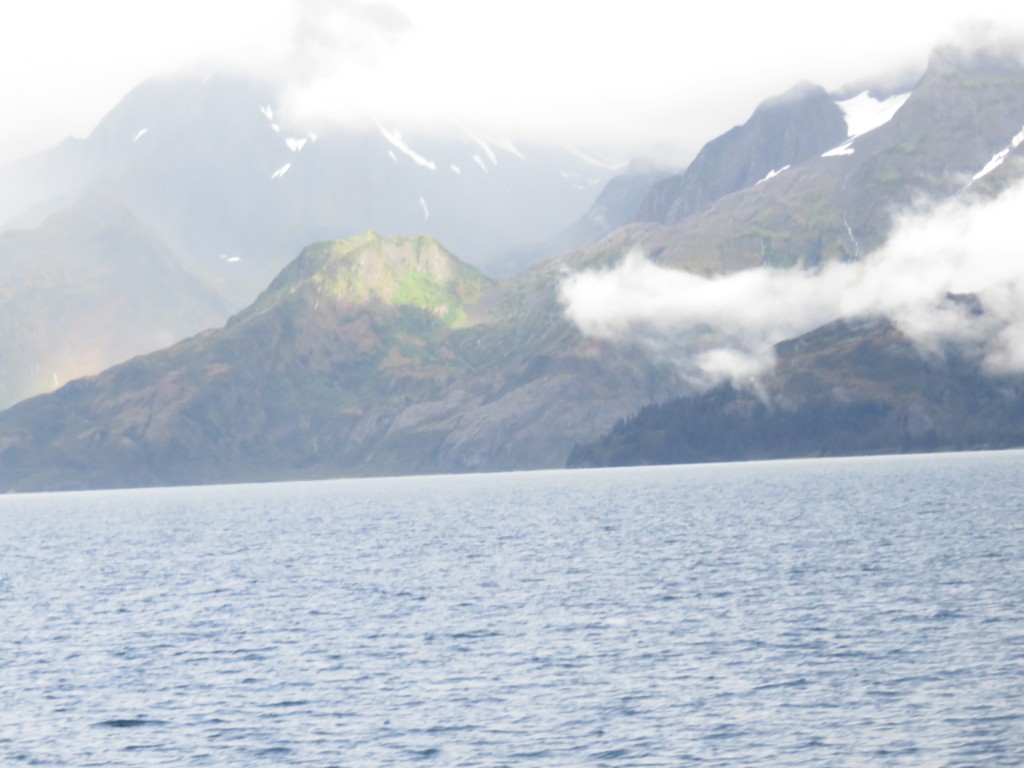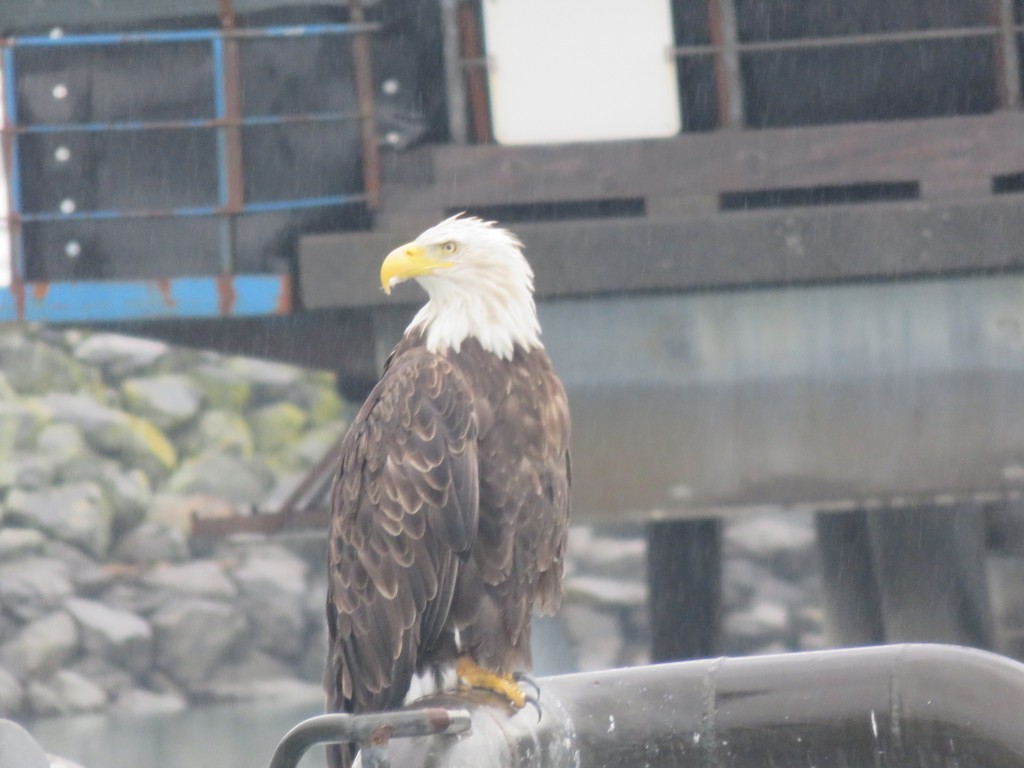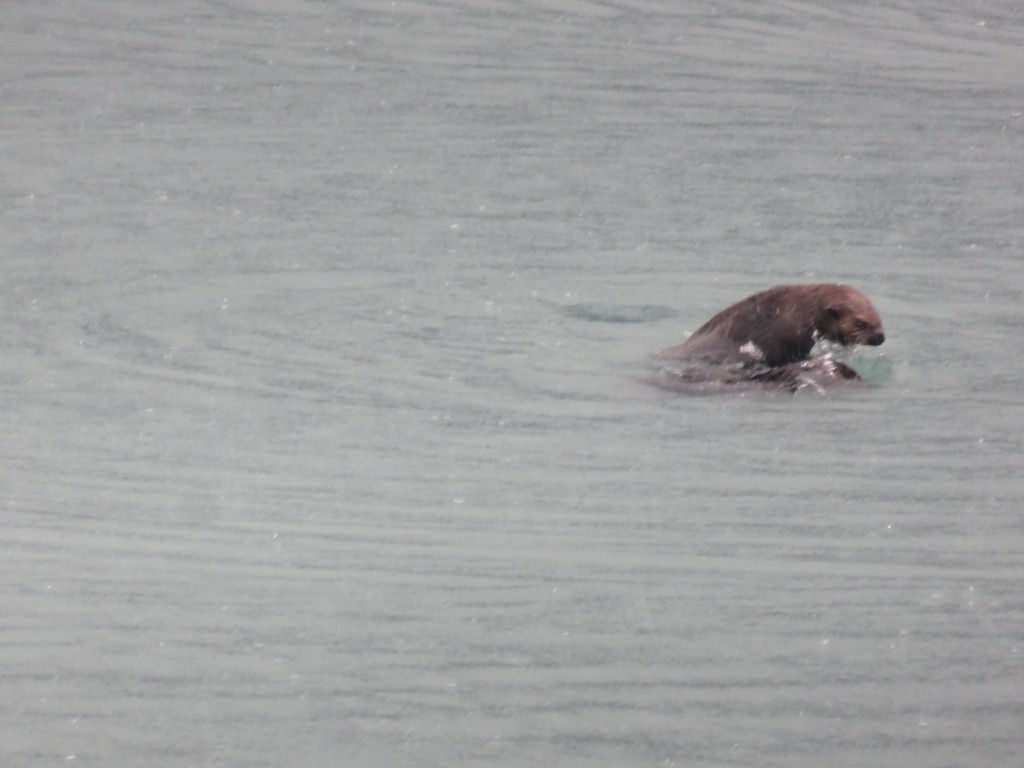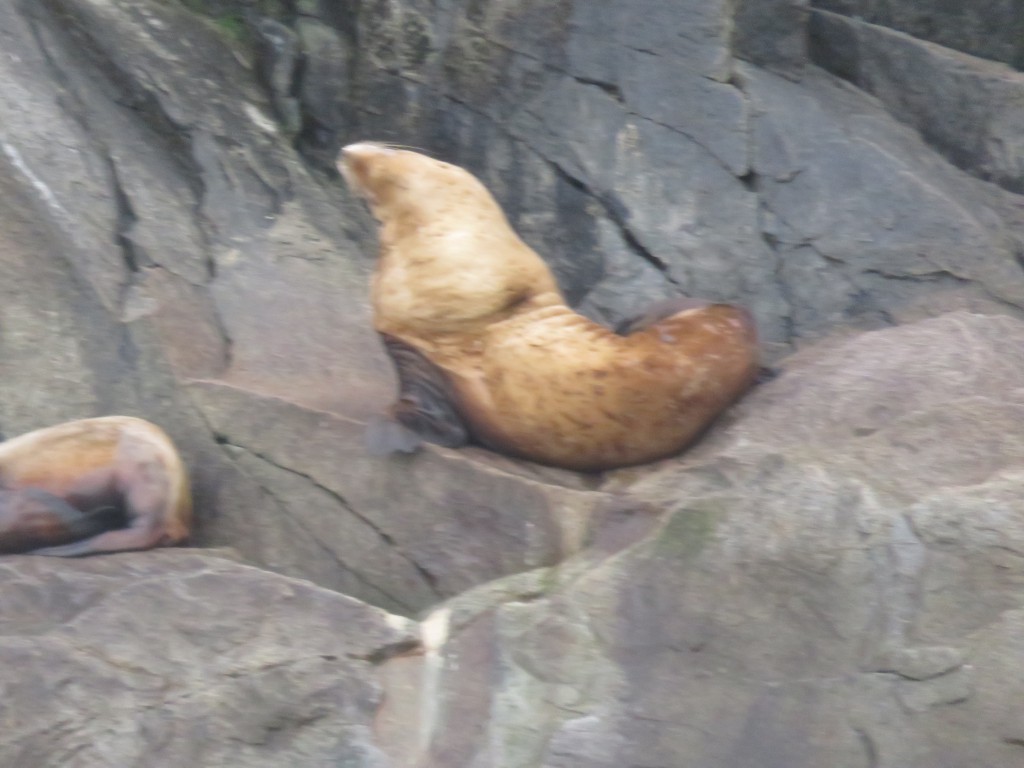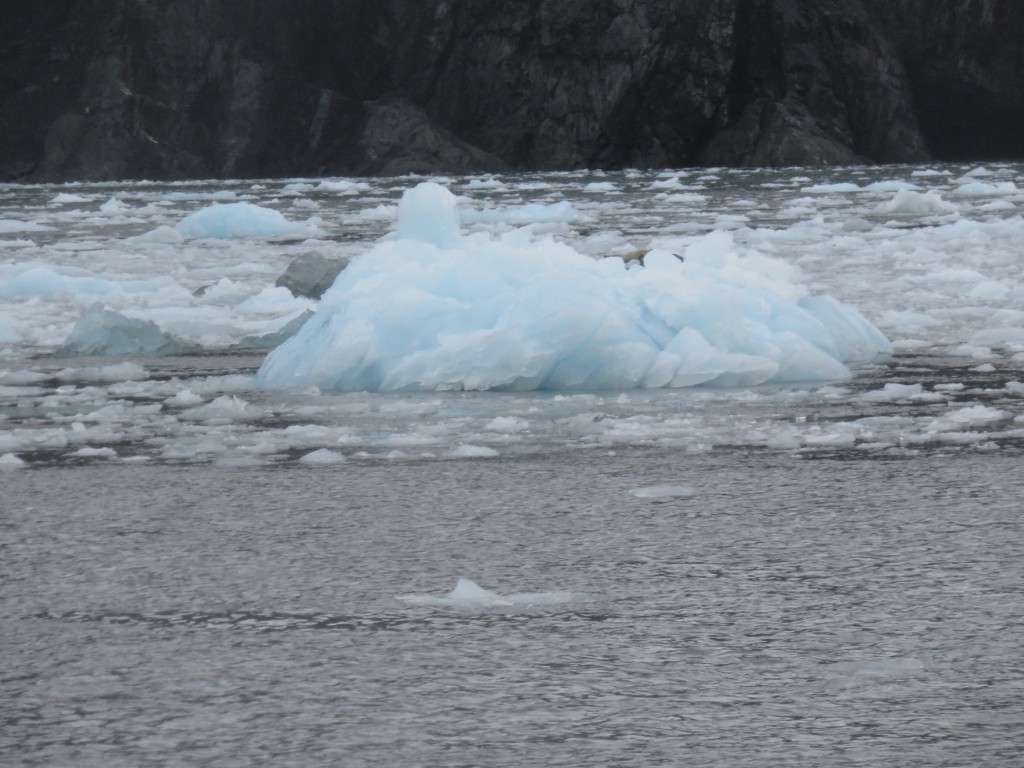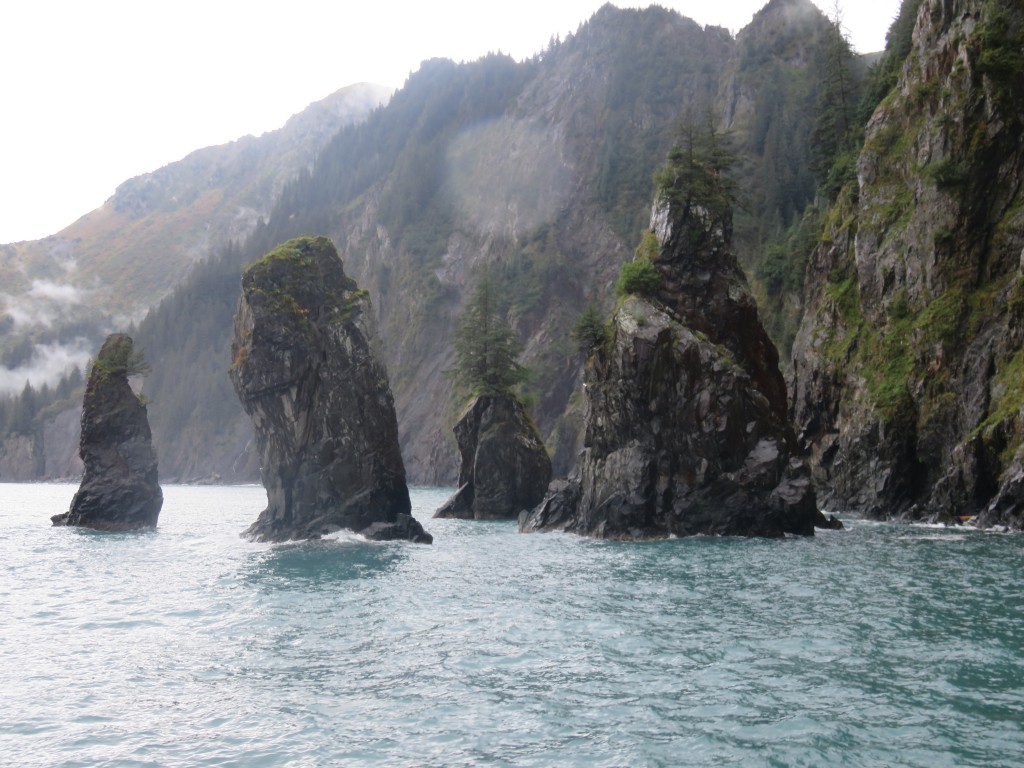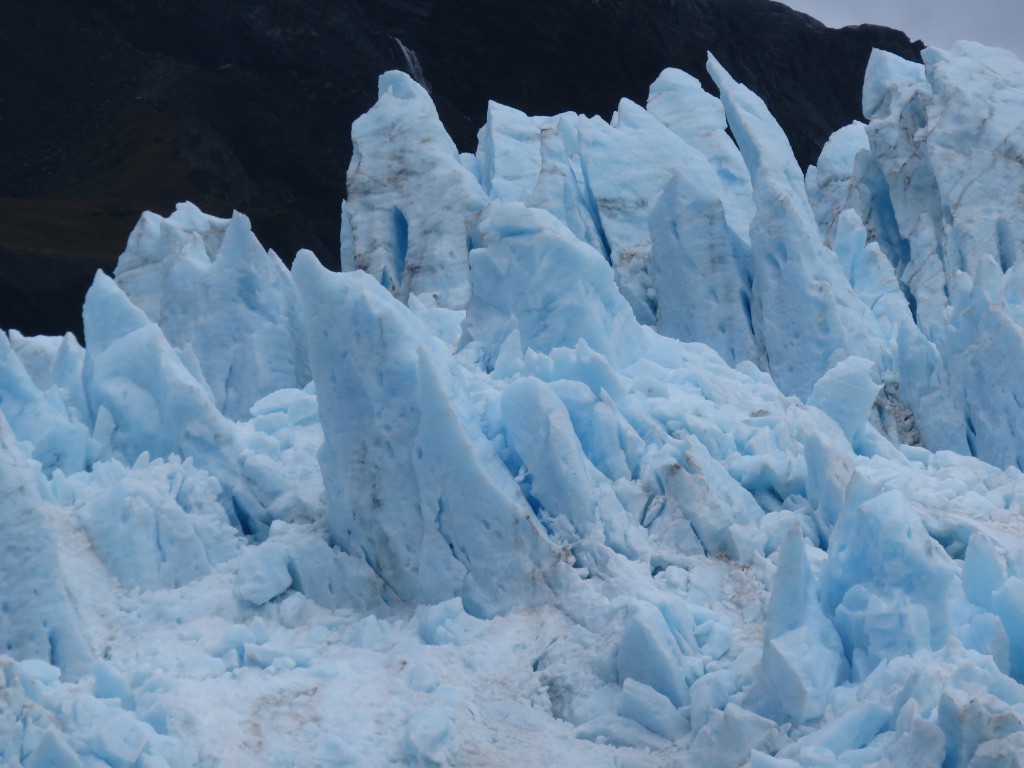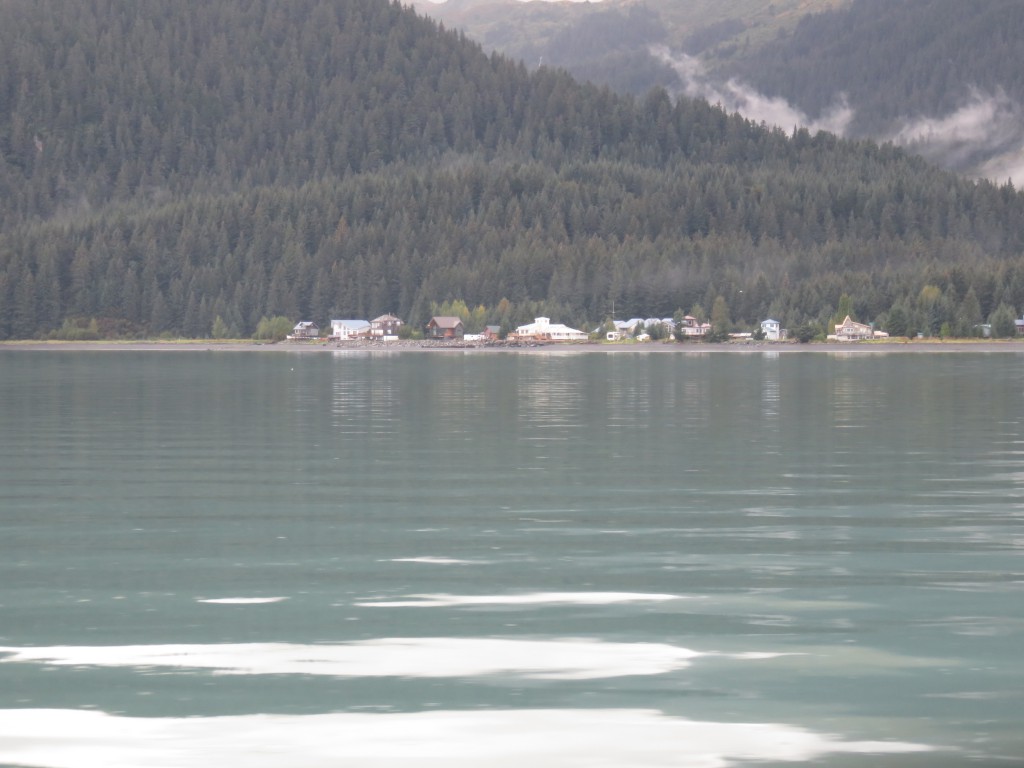Archive for the 'Animals' Category
For three weeks during the month of August 2019, I got the incredible opportunity to volunteer at the Limbe Wildlife Centre in Cameroon. The LWC initially was the Victoria Zoo until 1993 when a partnership was born between the Pandrillus Foundation and Cameroon’s Ministry of Forestry and Wildlife in an effort to protect the local biodiversity and raise awareness about conservation. The Victoria Zoo then became a wildlife center focused on wildlife rehabilitation and conservation education. The animals there were orphaned as a result of human-wildlife conflicts such as bushmeat hunting or the pet trade. These are major issues in Cameroon and throughout Africa. Animals are often killed both legally and illegally for meat in unsustainable ways, and the infants are kept as pets in unfit living conditions for wild species. When they are rescued by authorities and brought the LWC, the animals are treated by their veterinary team and the rehabilitation process starts as they are integrated into conspecific groups and monitored by their team of specialists. Their mission is based not only on rehabilitation and release, but on educating the population to change views and opinions on wildlife and conservation so that these animals will be safe in the wild for as long as possible.



My job as a volunteer at the Centre was that of an assistant animal keeper. During my time there, I would get to assist keepers throughout the five different sections at the sanctuary: gorillas, chimpanzees, guenons and mangabeys, Papios (drills, mandrills, baboons), and quarantine. Mornings at the Centre would begin with friendly greetings, handshakes, and hugs shared with everyone nearby. Limbe is indeed the friendliest town I have ever visited.

Working giving enrichment as a volunteer; masks and gloves are very important to prevent the spreading of zoonotic diseases!
One of the Head Keepers, Jonathan or Victor would then begin the morning with a general team meeting to discuss important news, tasks for the day, and to assign sections to all keepers. Once assigned to a section, the morning consisted of feeding, providing browse, and cleaning the enclosures of all animals. This experience surely shows how each species has their own little quirks. Chimps are definitely the loudest (and debatably the messiest to clean after), the gorillas hate being stared at, and monkeys oftentimes just want to cause mischief by taking your supplies! This experience gave me an appreciation for the quirks among individuals in a species, but even more so for the distinct personality traits between individuals. We all eventually formed our opinions on favorites and developed closer bonds more with some animals than with others.




Once all of that was finished, volunteers were usually asked to help create enrichment for the day.
Enrichment is environmental stimuli (often nutritional and structural) designed to improve the wellbeing of sanctuary animals by keeping them mentally and physically engaged and stimulating natural behavior they would be doing in the wild. For enrichment, we often made “leaf packs” (snacks wrapped in leaves and twine that primates must unpack to eat), as well as re-used and washed plastic bottles filled with browse and other nutritional supplements, boxes, and other variations. Some days the chimpanzees (Pan troglodytes) are given sticks to remove honey from crevices on a termite mount, to practice their tool use, or are given ice blocks with treats to try to break and melt. The idea is to induce critical thinking and problem-solving. At noon, everyone at the Centre breaks for lunch. A local Cameroonian dish is served in the meeting hall every day for volunteers and staff. This varies daily but sticks to a few main ingredients: rice and beans are popular, fish (as Limbe is a fishing town), oils, spices, and a traditional African meal fufu was very common. Fufu has multiple variations depending on what it is made with, but it is basically a dough-like food used to fill stomachs when food is scarce. The Cameroonian lunches were not my favorite part of the experience, but I was so grateful for people to share with me their food and culture.


In the afternoons, keepers were tasked with observing their animals for monitoring, which freed up time for volunteers to work on maintenance projects around the Centre with the construction team. During the time I was there, the LWC was working on building a new rehabilitation aviary for the rescued African grey parrots (Psittacus erithacus) in their care. So, my afternoons mostly consisted of helping in construction and painting. Other options included harvesting browse for animals, preparing food, etc. At one point, I was even offered the opportunity to help with observations. The LWC is dedicated to being knowledgeable about the specific animals in their care and providing the best possible care, so I was able to watch a group of guenons consisting of two species, mona monkeys (Cercopithecus mona) and putty-nosed guenons (Cercopithecus nictitans), to try to problem-solve some social issues they were having. Close observation and research are the best ways to learn about animals to make adaptations to their environments or social groups for their benefit. This gave me practice for my future career in primate research and helped them prevent monkey injuries due to conflict. If you are a long-term volunteer with the LWC, you have the option to start your own research project based on the observation of animals in their care.



After work was always pleasant, returning to the volunteer house to shower, eat, and rest. Of course, it was different from my luxurious life in the US in almost every way. Shower water had to be warmed on the stove, and mosquito nets hung over the bed, but it truly brought one back to a simpler place in time.



Overall the work was hard and the days long but working at the sanctuary gave one a sense of pride in their work and a sense of meaning. Coming back to the house at the end of the night has a sense of camaraderie and belonging. All the little outside worries that exist in western society seemed to fade and no longer matter. With upbeat Cameroon music and delicious grilled chicken smell, and the extreme friendliness of locals in the air, it could truly make one rethink the meaning of home.
TotalAdventure does not currently have adventures in Cameroon, but we invite Cameroon companies to apply. TotalAdventure has some great trips to South Africa https://bit.ly/2WPNkPb
In the summer of 2019, I was offered the amazing opportunity to volunteer at a Cameroonian primate sanctuary as an animal care giver. During one of my days off from the sanctuary, a fellow volunteer (Tesse) and I took a tour with local guide Thompy Ekonde. He showed us around “Mangrove Forest” just outside of Bimbia. The road there was long, winding, and treacherous with huge rocks, ditches, and falling logs. Many times we had to pull over to calculate exactly how to place the car. Upon arriving at the forest, we trekked through the trees for about two hours as Thompy showed us some of the breathtaking native African flora.


We had to wade through two shallow but powerful rivers cutting through the lush forest.


This tree is called the “milk tree” by locals. It is used in Cameroon as a medicine, the bark and white sap underneath are harvested and made into a drink for breast feeding mothers. The drink is said to increase the amount of breast milk produced, in a country where it is culturally significant to have many kids.


This tree pictured is the largest and oldest tree in the forest at over 400 years old, and too tall to see through the forest canopy.


This is a small section of the acres of mangrove forest. During our visit, it was low tide and was very easy to see the magnificent system of roots tying this forest together.
TotalAdventure does not currently . have adventures in Cameroon, but we invite Cameroon companies to apply. For another exotic area in Africa, check out our trip to Ethiopia. https://totaladventure.travel/trips/203383
This is Morill Hall, located in the heart of Lincoln, Nebraska. Here you can find a large collection of the Mammoth remains that have been found all across Nebraska, as well as a variety of sea critters as Nebraska used to be under water in the Late Cretaceous period.
Various Fossils
All of these fossils were found in Nebraska over the last century found by various different people digging about in their yards and paleontologists.
Weapons Throughout the Ages
If fossils aren’t really your thing, they also feature a collection of different weapons from throughout the ages. You can find ancient clubs from Kiribati the sovereign nation in Micronesia, or old rifles used back during the Civil War era here in the United States.
A local guide and driver accompanied us to Laos’ Far North to the Luang Namtha district
The Akha and Hmong tribes occupy much of the region. Unfortunately for outsiders, few wear tribal costumes anymore.
A Reclining Buddha.
Bulls graze by the roadside.
The cuisine is delicious.
And unusual. Here we have some fresh Bat.
And cooked Rat.
Monks and Novices cross the rice paddies.
An 80 minute flight on an Air Lao prop plane. We received our visas at the airport and it was off to sleepy Luang Prabang on the Mysterious Mekong. It’s a “city” of pagodas and wats , and a beautiful ride up the Mekong to visit the Pak Ou caves.
On a Sacred Mountaintop.
Lord Buddha Gazes Over All.
Serenity is soon to end , as China connects Laos to the outside world by high speed rail that will run from Kunming to Vientiane and onwards to Bangkok and Singapore, or westwards to London, for that matter.While the USA build walls and excludes outsiders, China is building the Belt and Road Initiative uniting countries from Southern Africa to Eastern Asia and all points in between.
The Gateway To Pak Ou.
Just before we left Hanoi on Saturday, we dined on King Cobra at the Hung Snake Restaurant.
As we can see in the video above, the snake is killed and the heart removed. The beating heart is offered to those who would like to partake. The snake is prepared in many different ways.
Red blood and green bile are infused into cheap vodka for a “snake wine” meant to improve virility.
Accompanies by excellent ice cold Hanoi Beer.
Cobra Soup.
On Sunday, June 10th, 12 hours ahead of US East coast time TotalAdventure explored the streets of Saigon. Above, is my langoustine lunch fighting, before being grilled.
Historical Museum.
US Army bulldozers, War Crimes Museum.
Utilized Often By France.
At Jade Emperor Temple.
Peaceful and Holy.
Mother and Baby.
At 6 AM on Wednesday, October 11 we left Uyuni Town and headed south 3 hours to the southwestern corner of Bolivia – not far from where the country meets with Chile and Argentina. There, we left the highway and would not see a paved road until the return to Uyuni two and a half days later.
The only settlements were some mining and farming villages.
Llamas, a distant relation to camels, are a source of wool and meat, are semi – domesticated , grazing for scarce vegetation and sometimes return to pens, herded by dogs and farmers.
Spring snowmelt brings some drinking water.
The land is rugged and never dips below 12,000 feet. By this time , TotalAdventure is quite comfortable with the altitude. We stopped at a hot springs at mid day. Please view the video above to see it. Swimming was balmy at 105 degrees ( 41C) while there air was around 40 ( 5 C).
Climbing higher, we reached Laguna Verde. The green color comes from a high concentration of arsenic. Swimming in or drinking from the lake can be fatal. There are no fish ,birds or four footed animals anywhere near the lake.
Close to 16,000 feet we reached the remains of winter snows, that actually can fall in the summer as well. The strong dry wind and strong subtropical sun three miles above sea level evaporate it into strange shapes.
The ground underneath is always frozen.
From underneath the frozen ground comes boiling sulphur clouds. All of the Bolivian Altiplano borders the Pacific Ring of Fire.
Llama and quinoa for lunch. Tough and lean, but tasty and very healthy !
A steam vent.
Rock formations that look manmade but aren’t.
We spent the night at Hotel Tayka. See more in the video. Amazingly at 15,500 feet, ten hours over very rugged dirt tracks from the nearest paved road , that such a hotel can exist. Comfortable beds, reasonable heat and solar generated hot water (quick shower) .Oxygen is kept behind the front desk for those in need.
The next morning we explored several lakes that were home to huge flocks of flamingos. Most people think of flamingos as a bird of the tropics – but here they thrive in very cold temperatures.
A coyote enjoys some llama meat.
San Pedro de Quemes from another Tayka Hotel.
The town store closes early, but has the essentials.
On The last night in Bolivia, TotalAdventure looked forward to Salar de Uyuni the next day.
From September 14th to September 17th, TotalAdventure travelled on the Alaska Railroad from Anchorage north to Talkeetna, back to Anchorage and South to Seward as well as whistle stops in glacier areas. The video shows a compilation of the entire trip, along with the the incredible adventure experiences offered in each area.
On the morning of the 14th, we left Anchorage on the Denali Star Train at 7:50 AM for the 3 hour ,150 mile ride North to Talkeetna. As Gold Star passengers we were seated in a glassed roofed upper deck, with an outdoor balcony for photography and viewing.Upon arrival at the tiny frontier town we passed Nagley’s Store. The Denali Star Train goes all the way to Fairbanks – an 8 hour journey. Fairbanks is Alaska’s second largest city and serves as a Gateway to the Arctic.
After lunch we walked to the security – free , private, Talkeetna Airport for our incredible flight on K2 Aviation to the Denali Base camp, where climbers for Mt.McKinley begin their 2 week climb to the Summit. Experience the flight in the blog posts below.
Afterwards we were invited for cocktails at the incredibly beautiful Talkeetna Alaskan Lodge – 5 Star Luxury Rooms with ample views of Mt.Denali on a clear day. A simple, but hearty dinner was enjoyed at Mountain High Pizza Pie – real Italian style from the owner who hailed from Pittsburgh.
After a long day we returned to our rustic inn, the Talkeetna Roadhouse , for a good night’s sleep. TotalAdventure stayed up a few hours editing the incredible aviation footage for the video featured on the Mt.Denali post below.
The next morning, Thursday the 15th, our group split in to two. The bravest of us, including TotalAdventure went Ziplining with Denali Zipline Tour.
The rest went on a jetboat adventure with Mahay’s Jet Boat Adventures. The rivers run fast and cold, fed by Mt.Denali’s glaciers. Interesting fact – the snow that falls today on Mt. McKinley will flow into the river 1500 years from now. The boat stops at a remote dock for a wilderness hike, observing old trapper and miner cabins. The guides are armed with shotguns in case of bear attacks – which thankfully have not happened.
After lunch we were treated to a tour of the Denali Brewing Company by founder Sassan Mossanen. Denali Brewing products accompanied many of our meals on the trip. Alaskans drink almost the entire production – so unfortunately none is yet exported to the Lower 48.
Afterwards we returned to Anchorage on the Denali Star , resting for the night at the very comfortable Copper Whale Inn.
Early the next morning, Friday, September 16th at 6:45 Am we boarded the Coastal Classic Train for the 5 hour journey to Seward . It was a short walk from the depot to the town docks, where we boarded a Kenai Fjords Tour Boat for an incredible North Pacific Adventure- see below.
At the end of the day, chilled to the bone, we checked into our toasty warm cabins at the Seward Windsong Lodge. That night , we feasted at the hotel’s restaurant – the Resurrection Roadhouse – on local seafood delicacies of halibut and cod – fresh, not frozen.
Our final day on the Alaska Railroad Adventure was on the Glacier Discovery Train. Our group rode to the Spencer Glacier Whistle Stop to kayak across an icy lake to the Spencer Glacier. We were guided by Ascending Path ( See Below). The Alaska Railroad is one of the last railroads in the world to use whistle stops. The railroad serves remote areas that don;t warrant a station. Rather, a passenger tells a conductor at what milepost he wants to stop and notifies the engineer with a whistle. When getting back on the train, days or weeks later – the passenger stands by the tracks and flags down the passing train.
Our final night was at the Alyeska Resort – Alaska’s ‘s most luxurious hotel, with beautiful ski slopes overlooking the Pacific Ocean. The season goes from mid November to almost May, with snow measured in feet,not inches. Our final dinner- at 10 PM – reached by cable car – was at the mountain top restaurant Seven Glaciers – amazing Alaskan seafood, Kobe beef – best of all Spencer Glacier ice in our whiskey glasses.
TotalAdventure has journeyed on many of the world’s railroads, as you can see throughout our blog .The Alaska Railroad is amongst the best run – and certainly one of the more luxurious trains one can take for a daytrip. Other US train lines do not even begin to compare. Now that winter is approaching the line scales back for one weekly trip – The Aurora Winter Train !
Please scroll below, for all the Alaska Adventures !
On Friday , September 16 we boarded the 6:45 Coastal Classic Train at the Anchorage train station. The three hour jouney follows the coastline south of Anchorage, with occasional sightings of Beluga whales out the window ! The train then traverses the mountains of Chugach National Forest before arriving at Seward. At Seward it was a short walk to the dock.
We boarded the Coastal Explorer , a sturdy sightseeing craft operated by Kenai Fjords Tours. For the next six hours we explored the northernmost points of the Pacific Ocean, at 60 Degrees North.
Looks like Hawaii, but with snow. Last winter’s snow still on upper slopes with new snow starting soon.
American Bald Eagle in Seward Harbor.
Otter playing and hunting for fish.
Seals relaxing on a warm ( for them ) 40 degree day.
Blue ice from Glacier to Ocean.
Incredible Oceanic Geology.
Glacial Closeup.
Fishing village near Seward.

















































